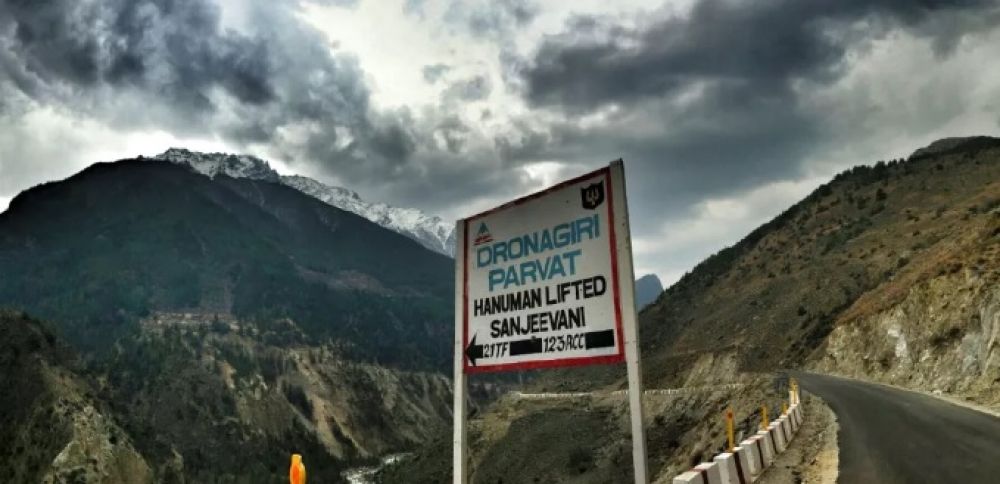

The state of Uttarakhand in India, often referred to as the 'Land of the Gods', is home to numerous sacred temples and majestic peaks that have captivated pilgrims and tourists alike for centuries. Among such destinations, Dronagiri Parvat and Hemkunt Sahib stand out not only for their religious significance but also for their breathtaking beauty and challenging terrains that attract both the spiritually inclined and adventure enthusiasts.
The history of tourism in this part of Uttarakhand has its roots deeply embedded in the Hindu and Sikh religions. The Dronagiri Parvat, part of the greater Himalayan Range, has its mention in the epic Ramayana as the mountain from which Hanuman fetched the life-saving herb Sanjeevani for Lakshman. This historical implication has made it a site of pilgrimage for many devout Hindus.
On the other hand, Hemkunt Sahib, with its picturesque star-shaped Gurudwara set against the backdrop of seven snow-capped peaks, is a place of worship and pilgrimage for Sikhs. The site's history is linked to the tenth Sikh Guru, Guru Gobind Singh Ji, who meditated here in a previous life. The history of organized pilgrimage to Hemkunt Sahib began in the 1930s after its rediscovery by Havaldar Sohan Singh and the establishment of the Gurudwara.
In recent years, there has been a significant shift in tourism trends in this region. While pilgrimage remains the primary reason for many to visit, there is a growing interest in adventure tourism, ecological tourism, and cultural tourism.
Adventure tourism has spiked with more trekkers and mountaineers wanting to explore the rugged terrains of Dronagiri and the challenging trek to Hemkunt Sahib which is located at an altitude of over 15,000 feet. This has prompted the development of safer trekking routes and better facilities for trekkers.
Eco-tourism is another area that is gaining traction, with visitors becoming more aware of the need to preserve the pristine natural beauty of the Himalayas. Efforts are being made to implement sustainable tourism practices that minimize environmental impact.
Cultural tourism is similarly on the rise, with an increase in visitors interested in the rich history, traditions, and lifestyles of the local inhabitants. Festivals, fairs, and other cultural events are now becoming a part of the tourist itinerary.
However, it is essential to emphasize that while tourism has significantly contributed to the local economy, it has also come with challenges such as environmental degradation and crowding, especially during the peak pilgrimage months. Thus, responsible tourism practices are increasingly getting attention to ensure that this pristine region can be enjoyed by generations to come.
The charisma of Dronagiri Parvat and Hemkunt Sahib continues to draw visitors for both salvation and the joy of exploration. With the blend of spirituality, adventure, and natural splendor, it is a place that promises a unique and enriching experience for every traveler.